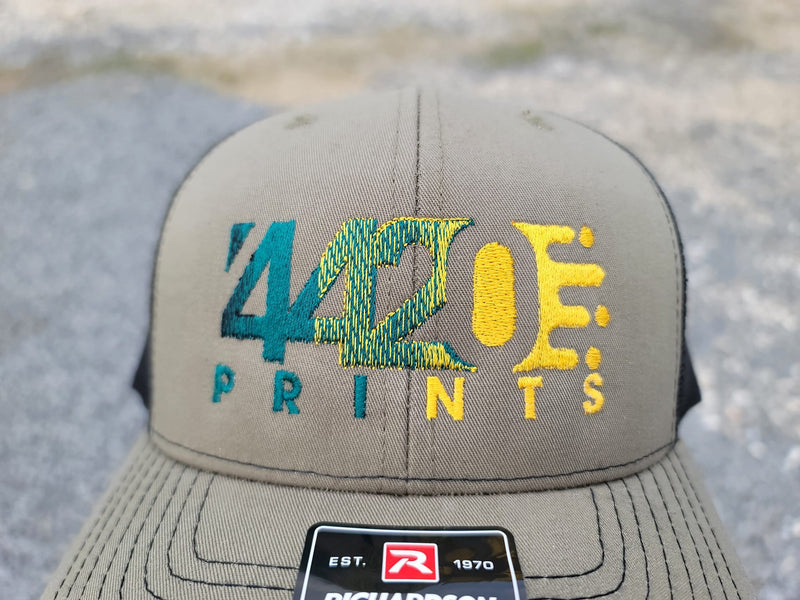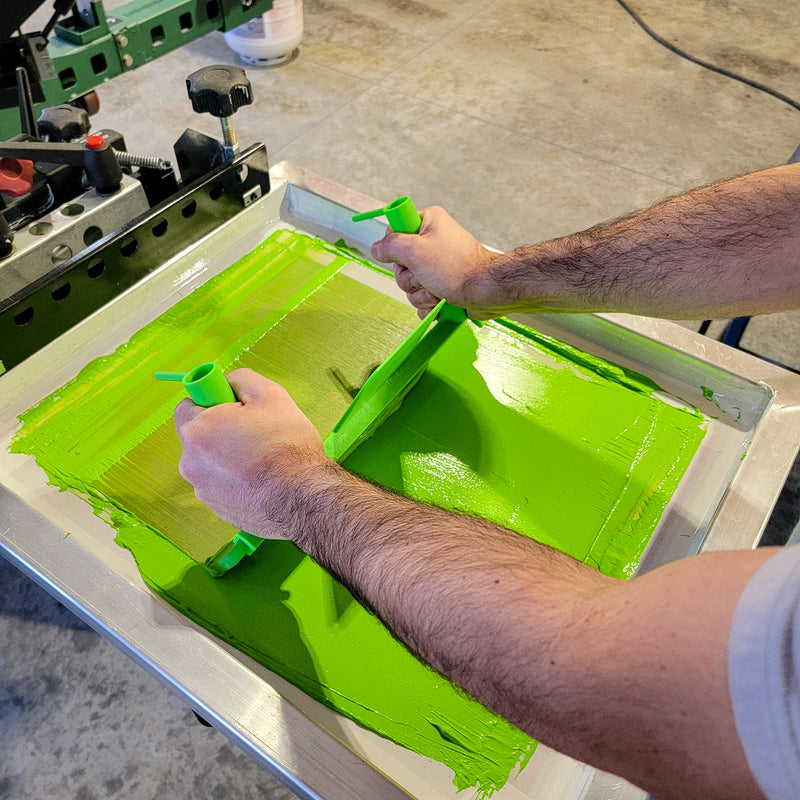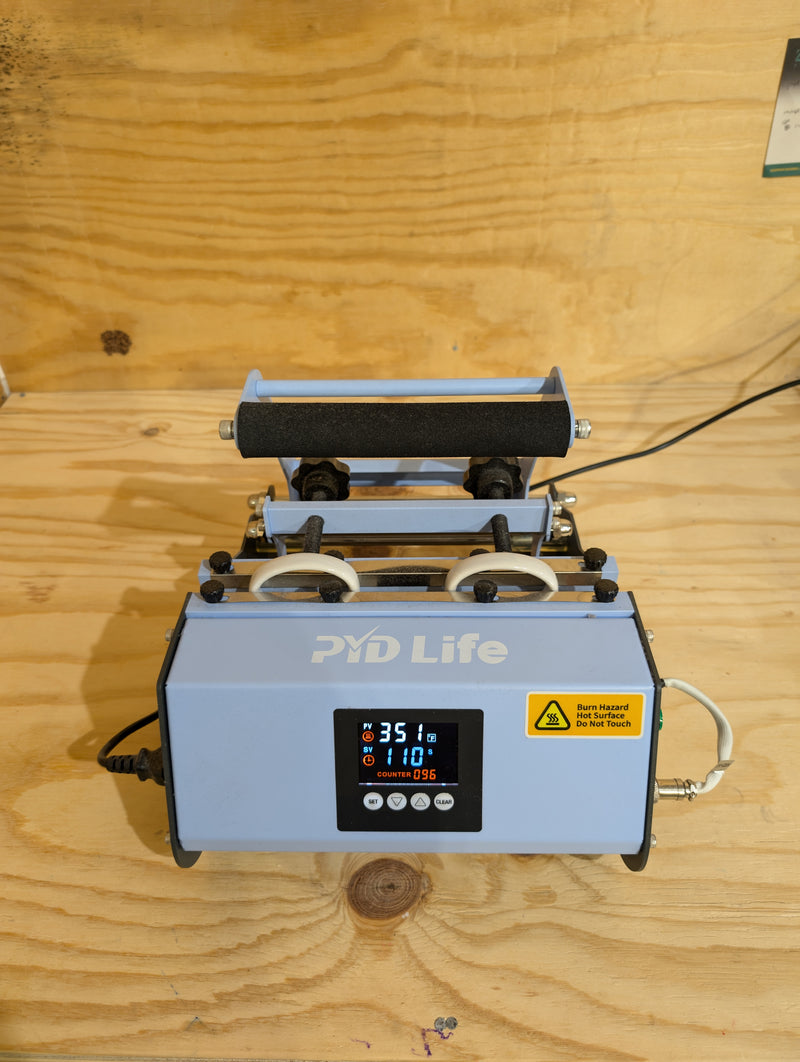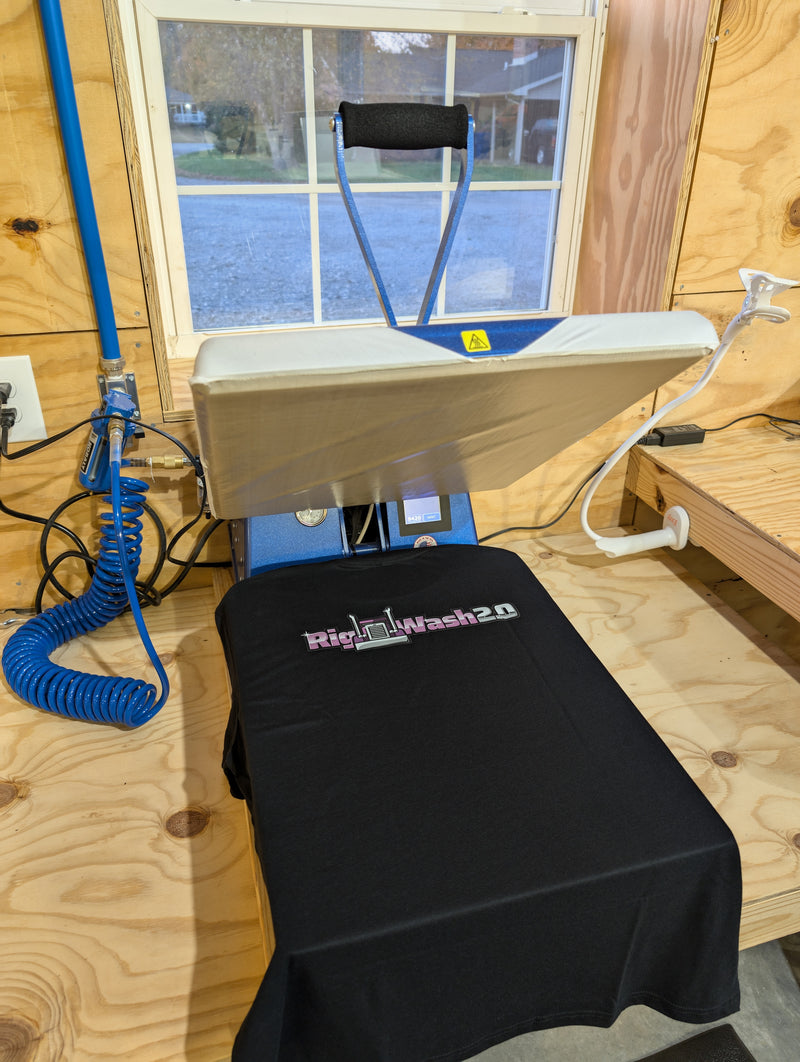About Our Services

Embroidery
Machine embroidery uses a specialized sewing machine to create detailed designs on fabric. Unlike hand embroidery, the machine automates the process, following a digital pattern to guide the needle. This allows for precise, consistent results with a variety of stitches, textures, and colors. It's perfect for adding logos, monograms, or patterns to clothing, accessories, and home décor. Machine embroidery is popular in fashion, advertising, and crafting for its speed, durability, and high-quality results.

Screen printing
Screen printing is a printing technique that uses a stencil to apply ink onto a surface. A thin mesh screen is placed over the garment, and ink is pushed through the screen with a squeegee. The ink only goes through the areas of the screen that aren't blocked by the stencil, creating the design on the fabric. After printing, the garment goes through a conveyor dryer at high heat. This cures the ink, making the print set permanently so it lasts for the life of the garment.
While we strive to be flexible with our clients, it's important to note that screen printing can be a process to set up. As a result, our minimum order for a one-color design is 12 shirts. For a two-color design, the minimum would be 24 shirts and so on. If you are looking to have a large number of items printed, screen printing is most likely your best option.

Sublimation
Sublimation is a method that uses heat to apply designs to polyester or polyester-blend garments. A design is created digitally and printed onto special sublimation paper using sublimation ink, which turns into gas when heated. The printed paper is placed on the garment, and a heat press applies high temperature and pressure. This process turns the ink into gas, bonding it with the polyester fibers. The result is a vibrant, permanent design that won't fade, crack, or peel.
Sublimation works best on light-colored, polyester-rich fabrics because the dye bonds with the fibers. It doesn't work well on cotton, as cotton can't hold the dye permanently. Additionally, sublimation can also be applied to various items like mugs, tumblers, and other substrates, allowing for a wide range of custom products. Examples include ceramic mugs, stainless steel tumblers, and phone cases, all of which can feature colorful, long-lasting designs that are seamlessly integrated into the item’s surface.

DTF (direct to film)
Direct to Film (DTF) transfers are a versatile printing method for applying designs to various garments, including cotton, polyester, and blends. The process begins with creating a digital design, which is then printed onto a special DTF transfer film using high-quality, water-based inks. This print includes a white underlayer that enhances color vibrancy on darker fabrics. Once printed, a powdered adhesive is applied to the wet ink, helping bond the design to the fabric. The film is then cured using heat, which melts the adhesive and prepares it for transfer.
To apply the design, the film is placed on the garment, and a heat press is used to apply high temperature and pressure, activating the adhesive and bonding the ink to the fabric. After the pressing process, the film is peeled away, leaving a vibrant, durable print on the garment. DTF transfers produce high-quality prints that are soft to the touch and resistant to cracking or fading, making them an excellent choice for custom apparel. Additionally, DTF is a great option if your design has lots of colors, as it can capture intricate details and vibrant hues effectively, ensuring that the final product looks stunning.
If you're looking to have a small number of pieces printed, or can't reach our minimum for screen printing, DTF is the most economical plan for you since we require no minimum order.